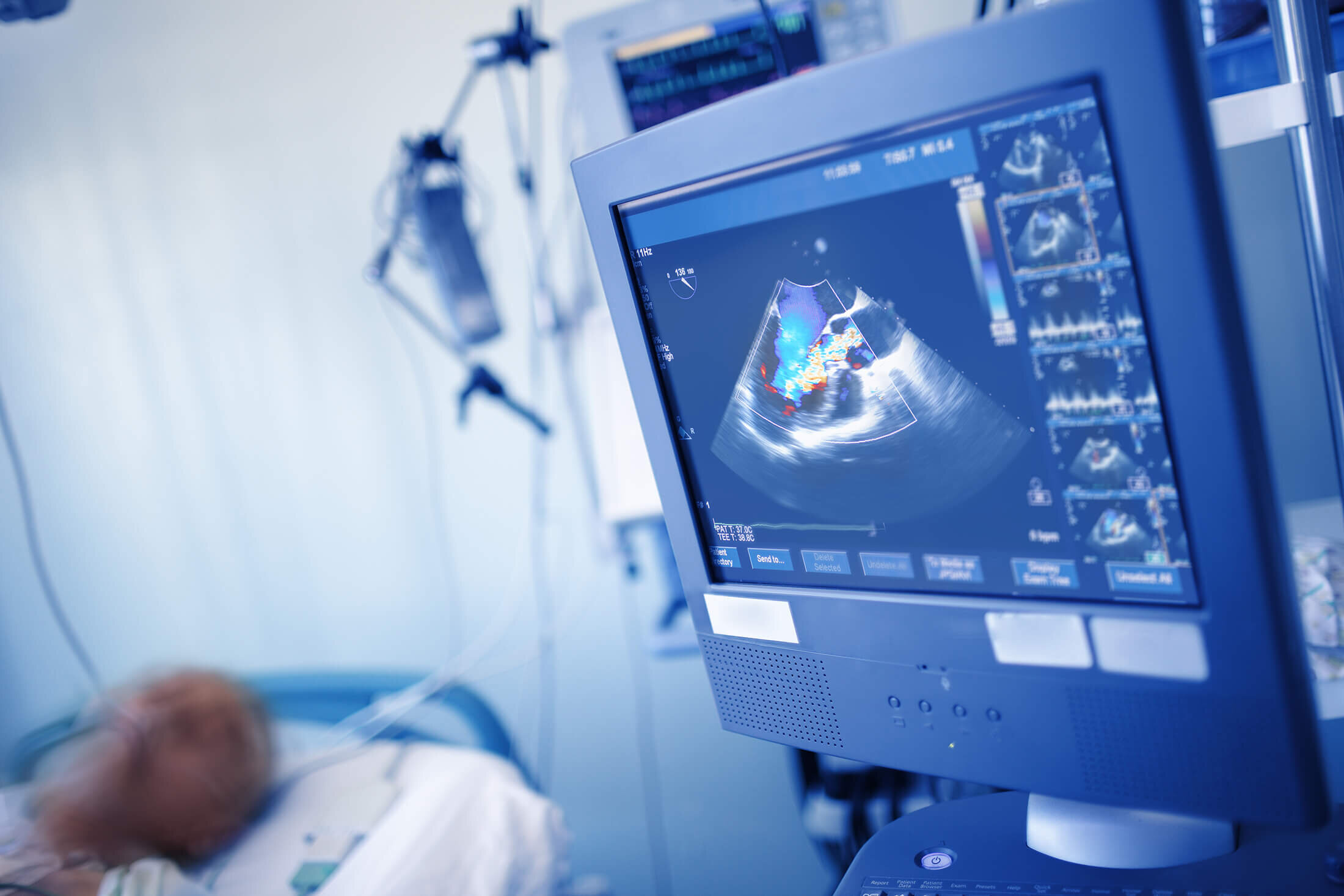
Diagnostic X-Rays
X-Ray
X-ray imaging is the fastest and easiest way for a physician to view and assess images of the human body. Images are captured either on film or are converted to digital data and displayed on a computer screen.
At least two images at different angles are taken and often more images are needed if the problem is around a joint (knee, elbow or wrist). X-rays play a key role in assessing for bone injuries, joint pain, and suspected bone masses or tumors.
Radiography involves exposing a part of the body to a small dose of radiation to produce an image of the internal structures on x-ray film. When x-rays penetrate the body, they are absorbed in varying amounts by the different tissues. Ribs, for example, will block much of the radiation and, therefore, appear white or light gray on the image. Fat tissue and air will appear darker because more radiation can pass through these tissues and expose the x-ray film.
Our x-ray services include: X-ray of abdomen, chest, limbs, spine, pelvis, etc.
X-Ray Procedure and Preparation
How is the procedure performed?
The technologist positions the patient on the examination table, places a film holder (cassette) under the area of interest or under the table top in the area of the body part to be imaged. Sandbags or pillows may help the patient hold the proper position. Then the technologist steps behind a radiation barrier and asks the patient to hold very still without breathing for a few seconds. The radiographic equipment is activated, sending a beam of x-rays through the body to expose the film. The technologist then repositions the patient for another view, and the process is repeated.
When your x-rays are completed you will be asked to wait until the technologist checks the images for adequate exposure and clinical usefulness.
How should I prepare?
While there is no special preparation required for an x-ray, you may be asked to remove some or all of your clothes and to wear a gown during the exam. You may also be asked to remove jewelry, removable dental appliances, eye glasses and any metal objects or clothing that might interfere with the x-ray images.
Women should always inform their physician and x-ray technologist if there is any possibility that they are pregnant. Many imaging tests are not performed during pregnancy so as not to expose the fetus to radiation. If an x-ray is necessary, precautions will be taken to minimize radiation exposure to the baby.




